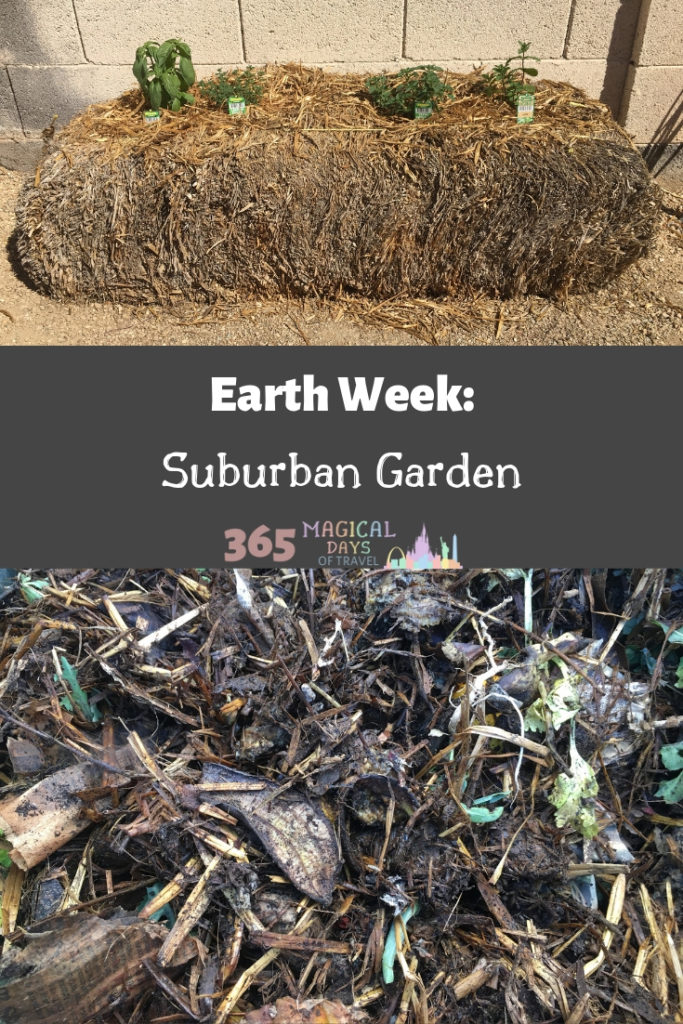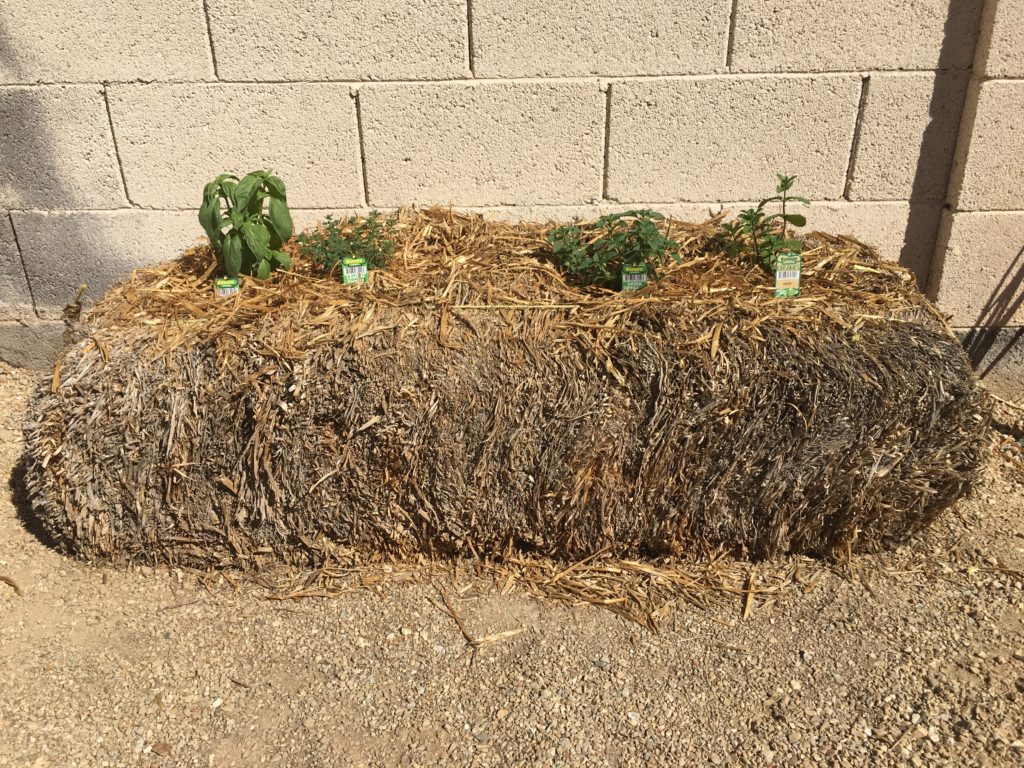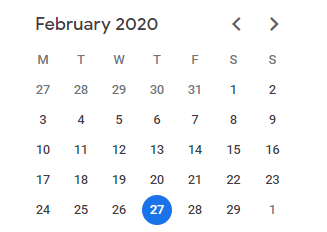210/365
This spring, Bryan has resurrected his dream of building a garden in our backyard. He’s been hard at work clearing space, mapping out garden beds, and setting up our composting systems so that we are ready for planting in midsummer.
Valley of the Sun
Where we live is not called the Valley of the Sun for nothing. We have 299 sunny days each year on average. Definitely no shortage of sun and warm weather here. However, we are a desert, so water loss through evaporation, a scorchingly hot summer, and nutrient-devoid soil are some challenges farmers face as a trade off for a year round growing season.
Compost to the Rescue
Each of those challenges can be managed through compost. Compost can be made in your own backyard with a mixture of dry, brown material like tree clippings and dead leaves, and wet, green material like kitchen scraps and grass clippings. Microorganisms break the material down into a nutrient-rich soil amendment that will address each of the situations I just described above: create a layer of protection to keep water from evaporating away from the roots, protect the plants from the heat, and introduce needed nutrients into the soil. With our compact, clayish soil, our garden will pretty much have to start from scratch as far as growing material.
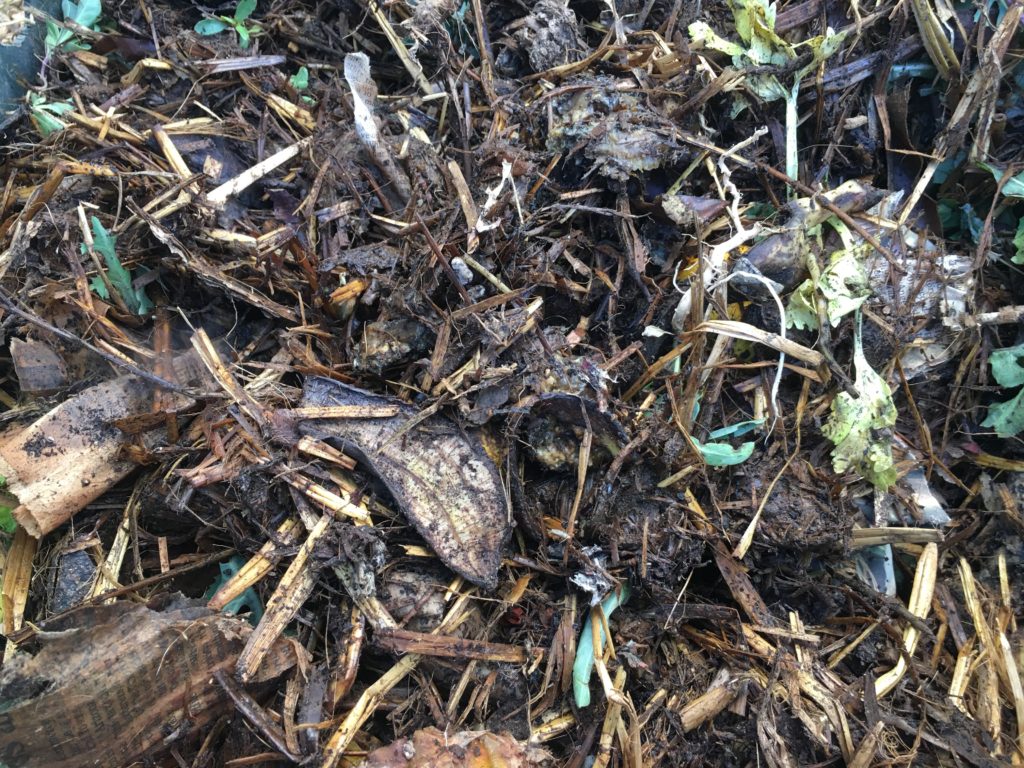
Raised Beds
This is where raised beds come to the rescue. Instead of digging down into our practically useless soil, you just build your garden on top of it. That lets you start fresh with amended soil and gets your garden off to a rich start. You do have to build them with untreated wood, as any finish will leech into the soil, so they may fall apart as they get older and the weather has its way.
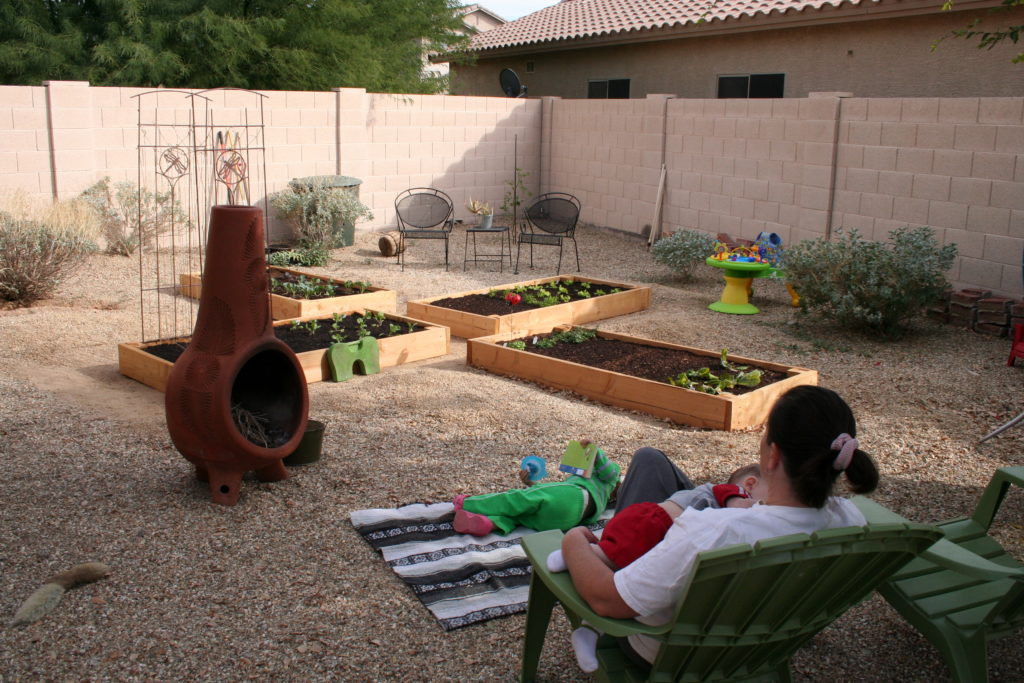
Compost Made Easy
We now have three composting mechanisms up and running. One is just a corner of the yard, mostly in the open, for the bigger materials. The second is a repurposed trash can from the City of Phoenix. I picked it up several years ago at a city event, but you can check with your municipality’s waste management facility to see if they offer a similar composting bin. This is where you can layer green and brown material, keeping it moist and turning it periodically, letting those microorganisms do the work in breaking it down for you.
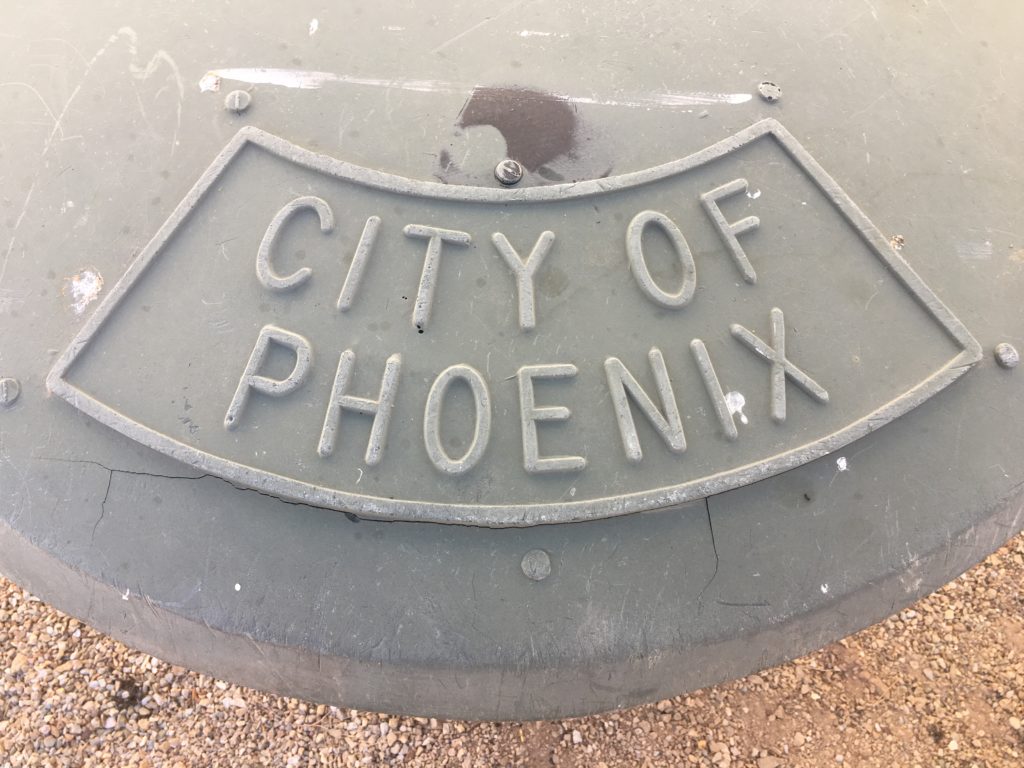
Worm Bin
The third way we compost is with our worm bin. These little guys will produce castings that help put nutrients into the soil and aerate it to give it that loomy texture. The liquid runoff from the bottom of the bin, referred to as worm “tea”, is also nutrient-rich and can be added straight to the garden. Raising worms is like having your own soil factory that produces exactly the soil you need for your garden beds.

Can’t Wait to Produce
Everyone is excited for our garden to start taking shape. The kids are actually volunteering to help, and Bryan is busily checking local gardening club websites to see what crops will grow in which season so that we can be harvesting something year round. I am just looking forward to being able to go right outside and pick fresh produce from our very own garden without having to go to the store!
